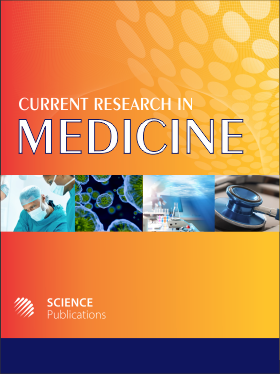Lifestyles and Migraine Attack
- 1 Curtin Health Innovation Research Institute, Australia
- 2 Curtin University, Australia
Abstract
Problem statement: Migraine is a headache disorder of serious public health concerns as many sufferers are permanently disabled and incapable of carrying out simple daily routines. Migraine is contributed by biological and lifestyle factors. Understanding the association between these factors and migraine, particularly the modifiable lifestyle factors, can reduce the prevalence of this chronic disease and ease the burden on the health care system. Approach: Unilabiate and multivariate logistic regression methods were used to analyse the prevalence of migraine among the participants who completed the Australian National Health Survey during the 2007-2008 period. Demographical and lifestyle factors including age, gender, Body Mass Index (BMI), social marital status, equivalent household income, remoteness of residence, daily fruits and vegetables intake, participation in physical activities, alcohol use, tobacco smoking and distress level were investigated in this study. Results: The prevalence of migraine is on average 1.27 times higher among those who aged between 35-44 years old (95% CI = 1.03, 1.57) compared to the other age groups, 2.24 times higher among females (95% CI = 1.89, 2.67) compared to the males and 2.70 times higher among those who reported high to very high stress level (95% CI = 2.23, 3.27) compared to those who reported low to medium stress level. The prevalence of migraine of those participating in the recommended level of physical activity is 0.69 times of those who did not meet the recommended level (95% CI = 0.57, 0.84). The prevalence of migraine among the medium risk drinker and high risk drinker is 0.68 times (95% CI = 0.49, 0.92) and 0.42 times (95% CI = 0.27, 0.68), respectively, of the low risk drinker. Conclusion: The findings of this study suggested that engaging in physical activity and reduce the level of stress may reduce the risk of migraine attack.
DOI: https://doi.org/10.3844/amjsp.2011.111.118

- 4,036 Views
- 2,303 Downloads
- 0 Citations
Download
Keywords
- Body Mass Index (BMI)
- Australian Standard Geographical Classification (ASGC)
- National Health and Medical Research Council (NHMRC)
- Total Metabolic Equivalent (MET)
- serious headache disorder
